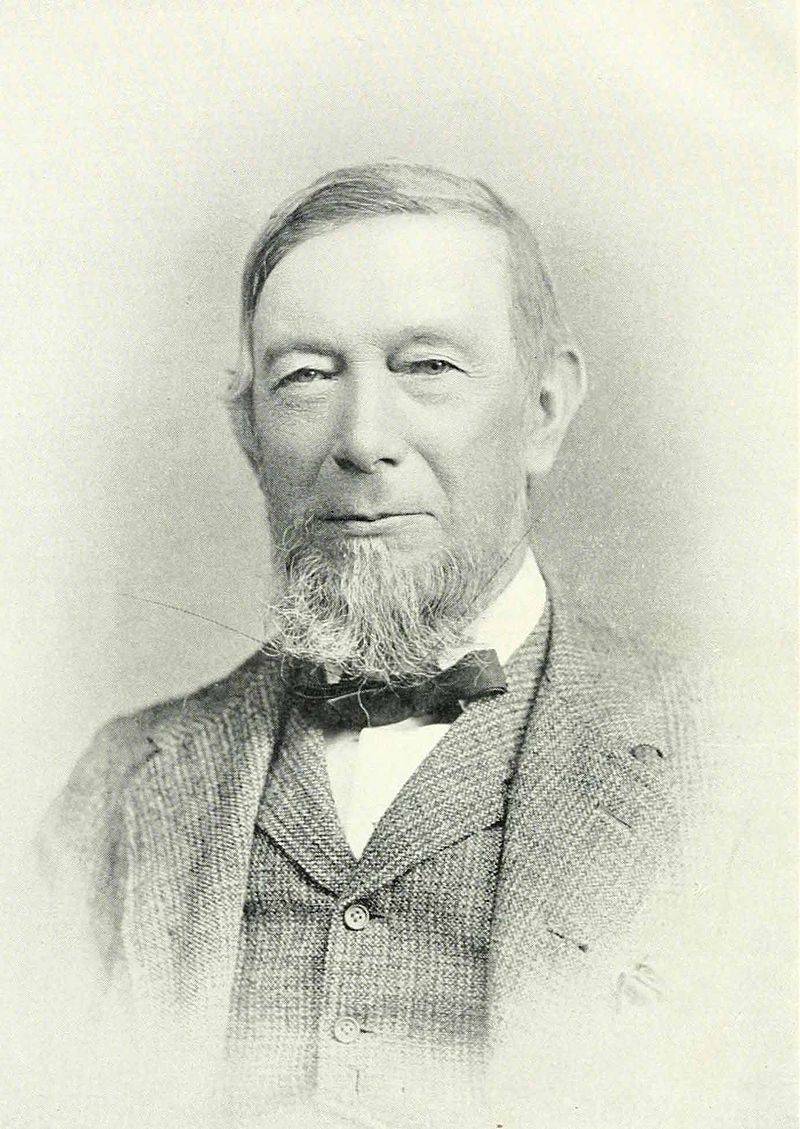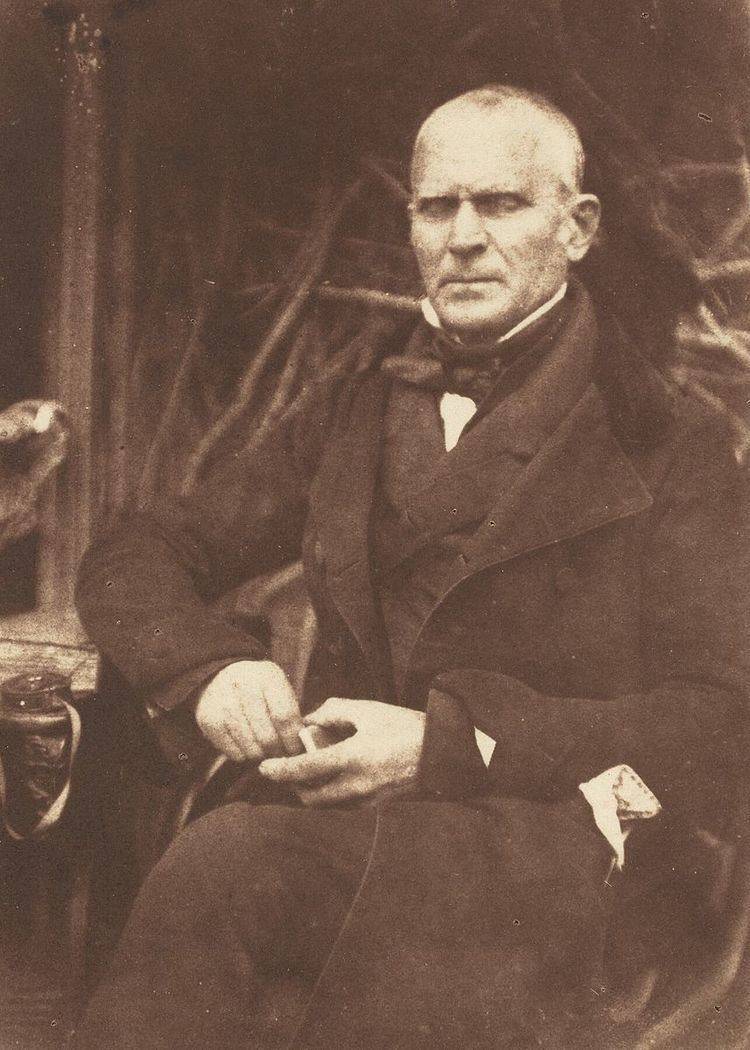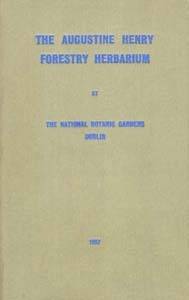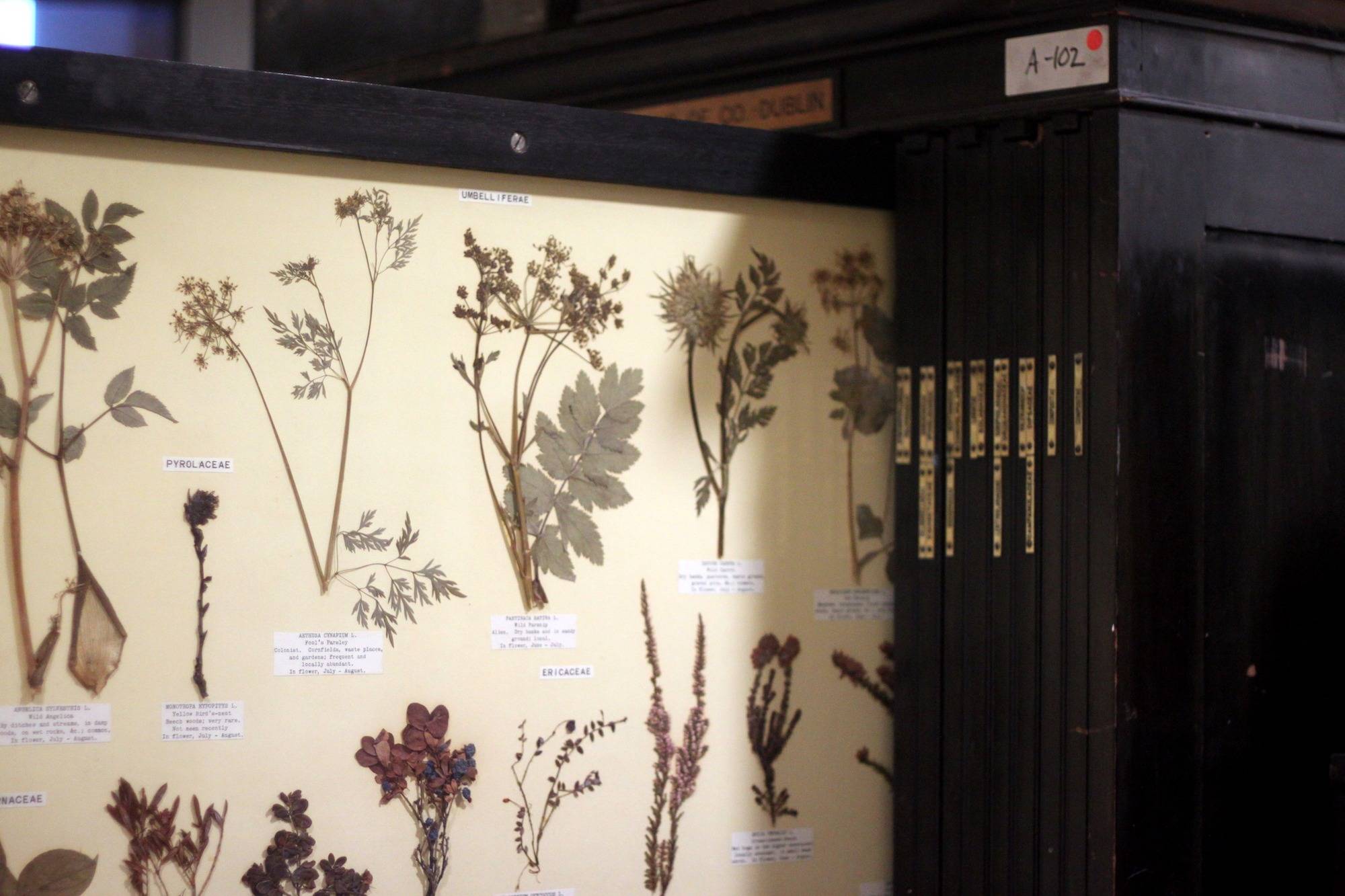The National Herbarium at Glasnevin contains a collection of more than half a million dried and documented plant specimens from Ireland and the rest of the world.
The collections and associated literature and documentation act as a central repository of information relating to the distribution and taxonomy of the flora of Ireland. The economic botany collection contains some 20,000 samples of plant products, including fruits, seeds, wood, fibres, plant extracts, and artefacts. The herbarium serves as a reference centre, a documentation facility, a data storehouse and a research institution for the study of Irish and international botany. Associated with the herbarium is the library, with extensive archives relating to the history of horticulture in Ireland, and the flora of Ireland.
Use the menu to the right to navigate through this page, or simply scroll down.
If you wish to consult the herbarium, please contact us.
What We Do
The Botanic Gardens were established in 1795 by the Dublin Society and passed into State control in 1877. They are currently administered by the Office of Public Works (OPW). The herbarium (code DBN in Index Herbariorum) was founded in 1847, and was formerly at the National Museum of Ireland, Kildare Street, Dublin. In 1970 the herbarium was transferred to the Botanic Gardens, and amalgamated with the smaller Garden’s herbarium (DUB). At the same time, the museum of economic botany, also founded by the Dublin Society, was transferred to the National Botanic Gardens from the National Museum.
Research in the herbarium includes work on the distribution and taxonomy of the Irish flora and the flora of south-east Asia. As well as providing an identification service to the Botanic Gardens, and the public, the herbarium also produces several publications each year. These include the journals Glasra, Contributions from the National Botanic Gardens, Glasnevin, and Occasional Papers. These journals are distributed in exchange for journals from museums and Botanic Gardens around the world.
DUBLIN (DBN): Herbarium, National Botanic Gardens, Glasnevin, Dublin 9, Ireland.
Correspondent: Colin Kelleher (Keeper), colin.kelleher at opw.ie
Telephone: [353] 1/ 804-0326.
Fax: [353] 1/ 836-0080.
Status: State directed, The Office of Public Works.
Foundation: 1847. Number of specimens: 600 000.
Herbarium: Worldwide, especially Ireland and Britain; historical collections of eastern Canada and Australia; all groups.
Important collections: J. G. Baker, A. Ball, V. Ball, R. Brown, I. Carroll, N. Colgan, M. H. Foslie, A. Gayman, H. C. Hart, W. H. Harvey, A. Henry, T. Johnson, T. Jones, M. C. Knowles, H. W. Lett, H. C. Levinge, J. McNab, , W. R. McNab, D. Moore, A. G. More, E. C. Nelson, J. Niven, C. E. H. Ostenfeld, R.L. Praeger, J.A.L. Preiss, M.J.P. Scannell, C.H. Waddell, J.B.L. Warren, E. Wilson.
Incorporated herbaria: Part of CRK (vascular planst); DBC; DUB; IRDA; LIMFC in 1983; MII; OSI; RDS.
Exchange available: Ireland. Wanted: Worldwide; cultivated plants.
Remarks: Formerly National Museum of Ireland, Kildare Street, Dublin. DBN and DUB amalgamated in 1970. Use DBN. Augustine Henry Forestry Herbarium, J. G. Baker fern collection [ex Colonial exhibition in London in 1886], H. C. Levinge ferns, Admiral Jones lichen herbaria separate and many cryptogam exsiccati intact. Substantial collections still unincorporated (DBC, CRK), including early collections from Britain, Europe, South Africa, Australia, India, and China. About 30 000 economic collections formerly displayed in the National Museum of Ireland.
COLIN KELLEHER [Keeper], Population genetics and genomics – particularly for woody species; Phylogeography and conservation of native tree species; Aquatic macrophytes; Conservation genetics of rare plants; Species of interest include: oak, poplar, willows, water crowfoots.
CHRISTINA CAMPBELL, Conservation of rare and threatened bryophytes (mosses and liverworts); in situ monitoring; ex situ conservation; in vitro cultivation; conservation genetics.
NOELEEN SMYTH, Conservation biology of Pitcairn Island South Central Pacific; Invasive species control development of practical and economical methodology; Research into developing alternative species to the invasive species currently available in the trade; Ferns and fern allied species conservation in Ireland; Bryophyte conservation Ireland.
WUU KUANG SOH, Plant systematics; vegetation responses to global change; trait-based ecology; tropical limestone flora; Syzygium (Myrtaceae); Monophylleae (Gesneriaceae).
MATTHEW JEBB [Director], Floras of Ireland, New Guinea and Thailand; Araliaceae; Aristolochia, Aristolochiaceae; Barringtonia, Lecythidaceae; Nepenthes, Nepenthaceae; Pandanus, Pandanaceae; Rubiaceous ant-plants (Myrmecodia, Hydnophytum, Squamellaria, Anthorrhiza, Myrmephytum).
Associated garden: National Botanic Gardens.
Periodical and serial works:
Glasra and Occasional Papers – available for exchange.
Try It Yourself!
HOW TO COLLECT PLANTS
A plant specimen collected today can last many hundreds of years when stored in a herbarium. But a specimen without certain vital bits of data is valueless. These are:
- WHO collected the specimen
- WHERE it was collected – geographical and ecological.
- WHEN it was collected.
- WHAT it looked like when alive: colour, size, smell etc.
Try to write all these details down and keep the data with the plant.
PRESSING
Take notes about features that will not be preserved on the dried specimen, such as colour, overall size, and smell. The first sheet (flimsy) surrounds the specimen, and then several sheets (drying papers) are placed between each specimen. Pad out bulky roots or branches with screwed up paper. Applying heavy weights, ensures that as the plant dries it remains flat. When arranging the plant try to make sure that the top and bottom side of leaves will show, and that as many features of the flowers and inflorescence are visible as possible.
DRYING
The best way is to dry the drying papers and not the plant. Put sheets of newspaper on top of radiators or other hot surfaces until they sound crackly, and then exchange these for the sheets in the press daily for the first 2-3 days. It is best to open the press after the first few hours to rearrange the now wilted plant so that you can make sure it is well laid out. Marine algae should be ‘floated’ onto a sheet of thick cartridge paper, and covered by a J-cloth, then pressed in the same way. Algae stick to the paper by their natural mucilage.
MOUNTING
Once dry, the specimens are glued or sewn to a sheet of thin card, to which the label, with collection data is also fixed. Mosses and Lichens and some Fungi are usually placed in a folded packet or envelope which is attached to the card.
Historic Highlights of the Collection
A number of separate herbaria, where they are of historical significance, are maintained separately from the systematic collection. In addition the Herbarium holds many exsiccate which have never been disassembled. These include the following historic items.

The Baker Collection
The Foreign Ferns comprise two collections, the Baker collection, which comprises 70 volumes of Ferns and fern allies (ca. 2,000-3,000 specimens) chiefly from India, West Indies and New Zealand. Many of the specimens determined by Mr. J. G. Baker, F.R.S. The collection was exhibited at the Colonial Exhibition in London in 1886 and came into possession of the National Museum in 1890. A second collection is that of Henry Corbyn Levinge, who collected in Sikkim, Kashmir, and the Nilgiris hills. This collection is of a comparable size to that of Baker’s.
Click here to download an article about this item.

Captain Crozier’s Spitzbergen Herbarium
Francis Rawdon Moira Crozier (c.1796 – 1848), Captain in the Royal Navy, accompanied Captain William Edward Parry on three cruises in the Arctic Ocean between 1821 and 1827. In 1845, he again sailed into Arctic waters on H.M.S.Terror, accompanying Sir John Franklin on a voyage that was to end with the deaths of all and enduring mysteries. In December 1923 a small herbarium collection attributed to Crozier was presented to the Natural History Section of the National Museum, Dublin, by Mr Moss; it was registered under number 457. In 1970 this material was transferred with the entire botanical collections of the museum to the National Botanic Gardens, Glasnevin.
Click here to download an article about this item.

The Leiden Volume
The Leiden Volume is one of the oldest collections in the herbarium. This is a volume of c. 700 plant specimens collected in the University Gardens at Leiden by Mr Gayman, a pharmacist, probably around 1661.
Click here to download an article about this item.
The Admiral Jones Collection
This collection of Lichens comprises a substantial collection of Lichens put together by Theobald Jones in the 1850s and 1860s. These were catalogued by the National Museum, and are still retained in their Mahogany cabinets. They cannot be incorporated into a modern sequence without destroying their historical context.
Click here to download an article about this item.

The McNab Herbarium
This herbarium was purchased by the National Museum in 1890. It includes over 1,300 specimens made by William McNab (1780-1848), who was a foreman at the Royal Gardens, Kew (1801-1810), under the then curator William Townsend Aiton. Many of these specimens are from plants grown for the first time at Kew, and from which the species were described by Aiton (Hortus Kewensis, 1810).
Click here to download an article about this item.

The Augustine Henry Collection
This Collection is of particular importance, representing the raw material upon which much of Henry and Elwes’ classic Trees of Great Britain and Ireland was based. It comprises ca. 9,000 specimens, and has been catalogued.
Click here to download an article about this item.

